The Borra Caves, also called Borra Guhalu in Telugu language ‘Borra’ means something that has bored into the ground and ‘guhalu’ means caves), are located on the East Coast of India, in the Ananthagiri hills of the Araku Valley (with hill ranges elevation varying from 800 m (2,624.7 ft) to 1,300 m (4,265.1 ft)) of the Visakhapatnam district in Andhra Pradesh. The caves, one of the largest in the country, at an elevation of about 705 m (2,313.0 ft), distinctly exhibit a variety of speleothems ranging in size and irregularly shaped stalactites and stalagmites. The caves are basically karstic limestone structures extending to a depth of 80m (262.5 ft) and are considered the deepest cave in India. In 1807, William King of the Geological Survey of India discovered the caves. On the discovery of the caves, there are several legends, which the tribals (Jatapu, Porja, Kondadora, Nookadora, valmiki etc.) who inhabit the villages around the caves narrate. The popular legend is that a cow, grazing on the top of the caves, dropped 60 m (200 ft) through a hole in the roof. The cowherd while searching for the cow came across the caves. He found a stone inside the cave that resembled a Lingam, which he interpreted as the Lord Shiva who protected the cow. The village folk who heard the story believed it and since then they have built a small temple for Lord Shiva outside the cave. People flock to the temple for worship and the cave to get a glimpse of the Lingam. Another lyrical legend is that the Shiva Lingam representing the Hindu God Lord Shiva, is found deep in the caves and above which is a stone formation of a cow (Sanskrit: Kamadhenu). It is surmised that the udder of this cow is the source of the Gosthani (Sanskrit: Cow’s udder) River which originates from here, flows through Vizianagram and Visakhapatnam districts before emptying into the Bay of Bengal near Bheemunipatnam. The caves are located in the Ananthagiri hills range of the Araku valley of the Visakhapatnam district in Andhra Pradesh. The caves are 448 kilometres (278 mi) from Bhubaneshwar in Odisha and 656 kilometres (408 mi) from Hydrabad, both via National Highway 5. The caves are well connected by road, rail and air services. The nearest international airport is Visakhapatnam Airport, 76 km (47 mi) from Borra Caves, which is 12 kilometres (7.5 mi) from the Visakhapatnam city center. Vishkapatnam is 90 km (56 mi) away by road. It is mostly a hill road and the journey takes about three hours. Train services operate on the Kothavalasa-Kirandul railway line in East Coast Railway, Indian Railways. The train journey over a distance of 100 km (62 mi) from the Vishkapatanam railway station passes through Eastern Ghats (hill) section), which has 30 tunnels en route. The journey by train takes about five hours to the Railway Station near the caves called the Borra Guhalu Railway station.
Gallery

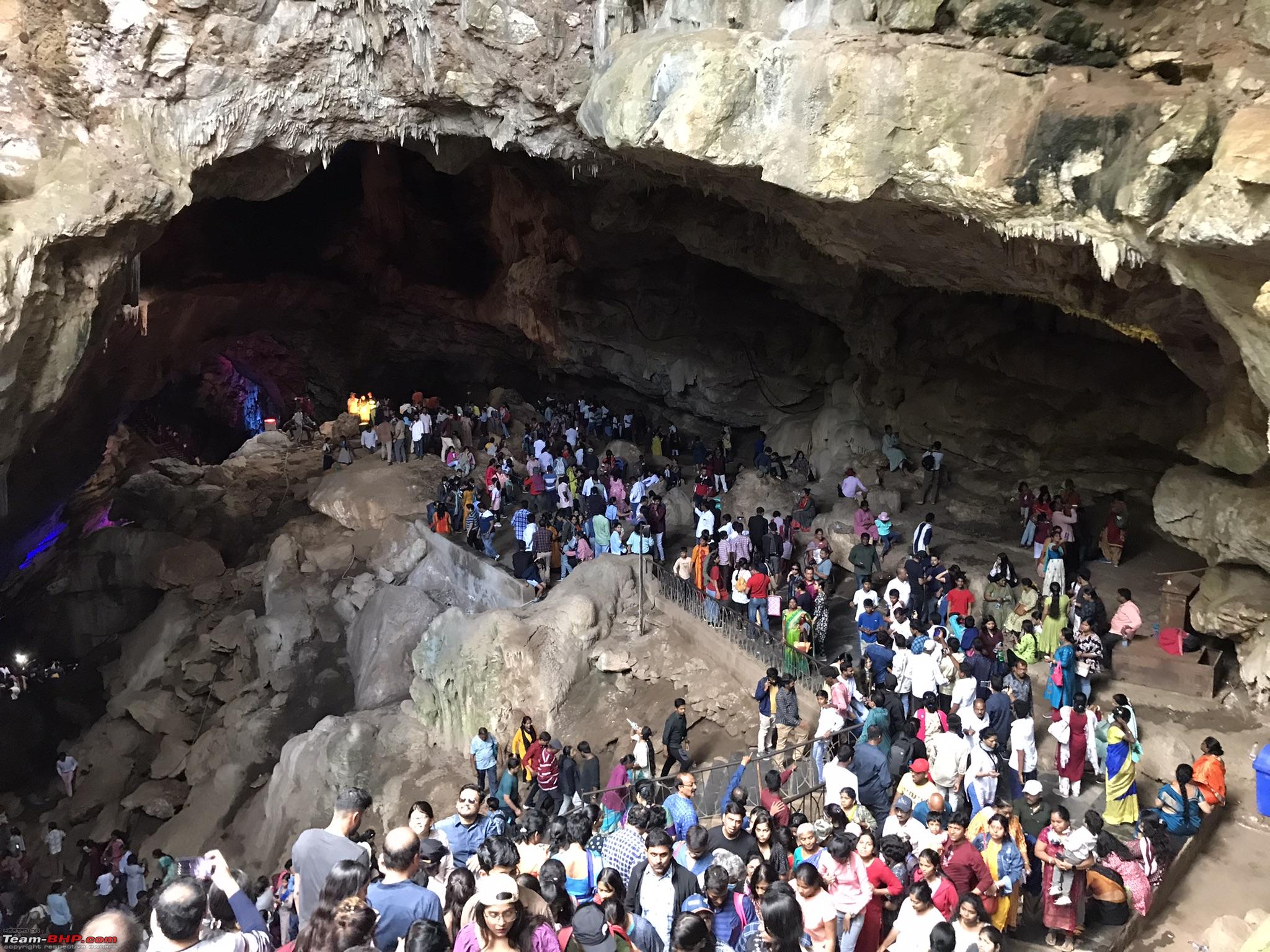

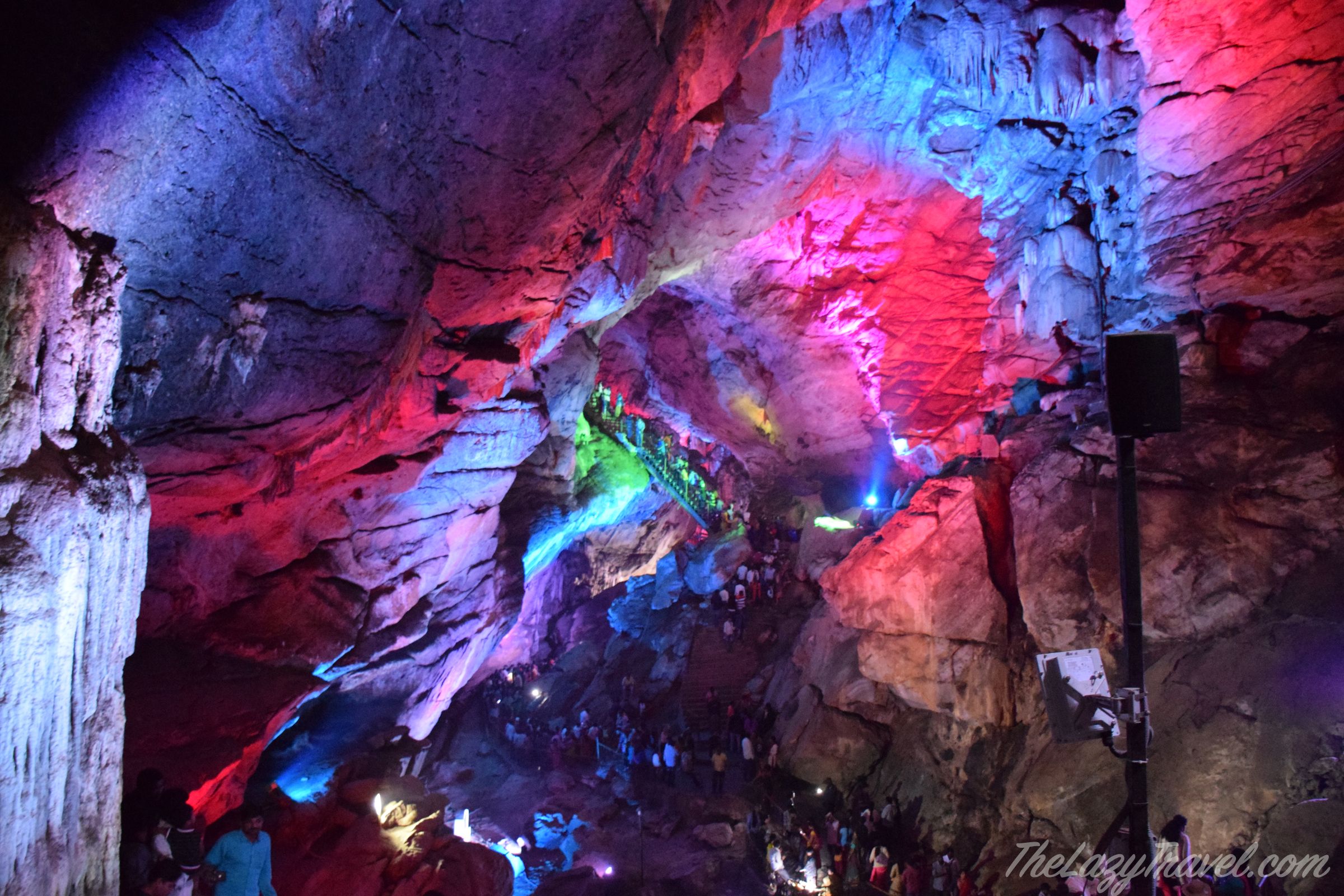
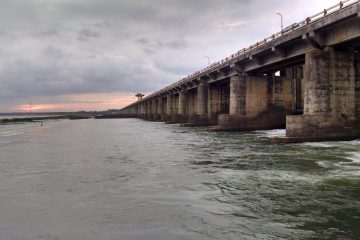
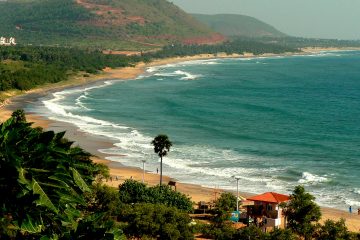
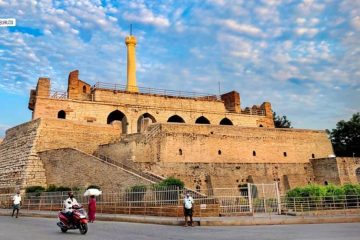
0 Comments